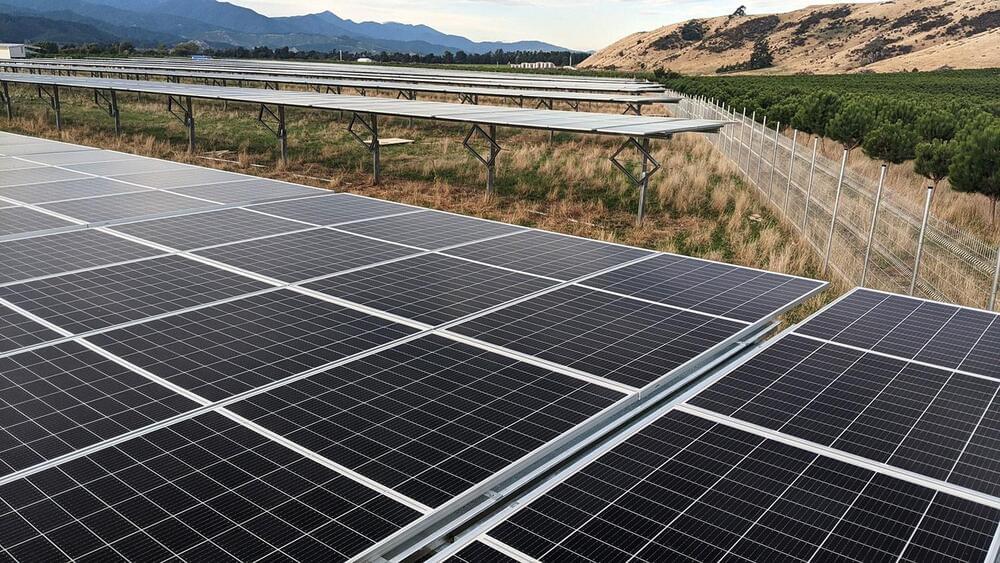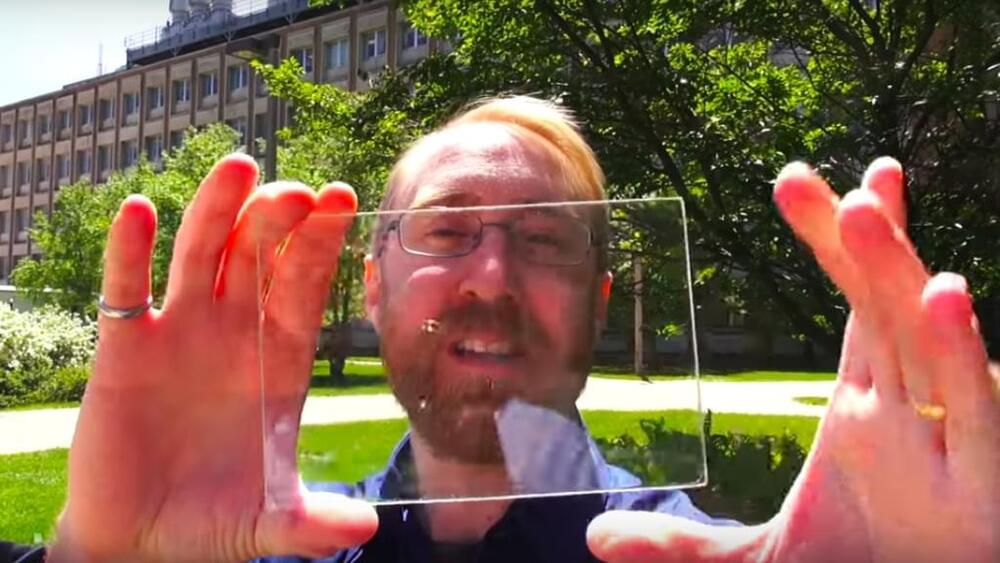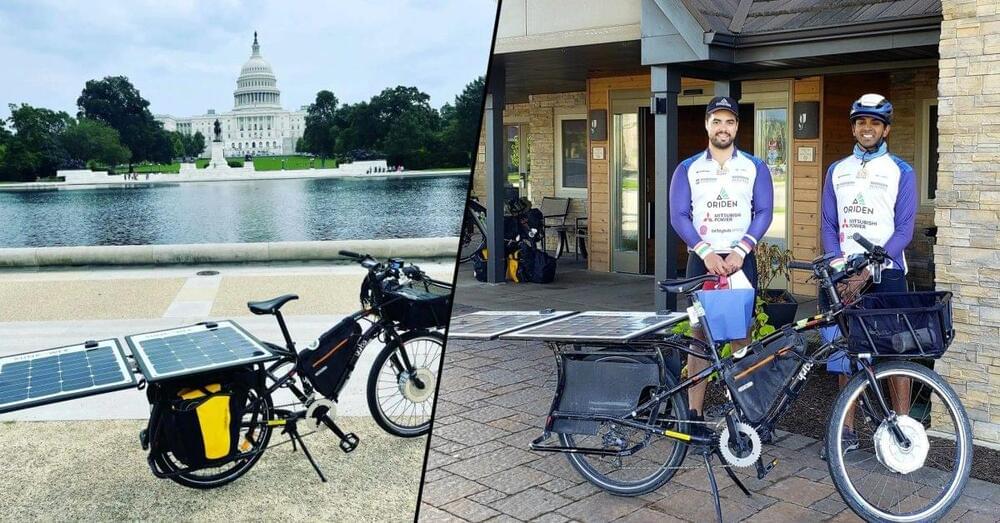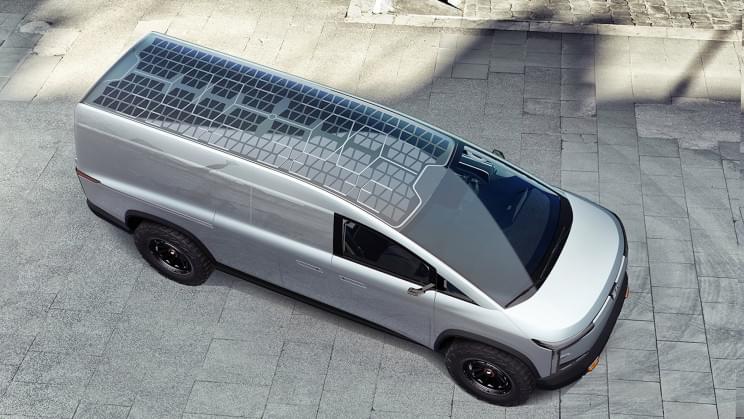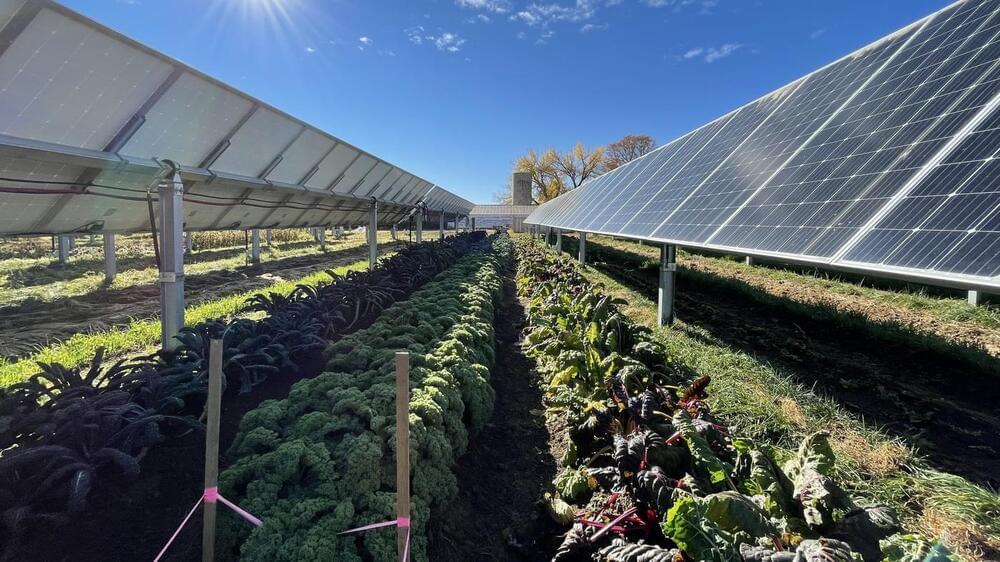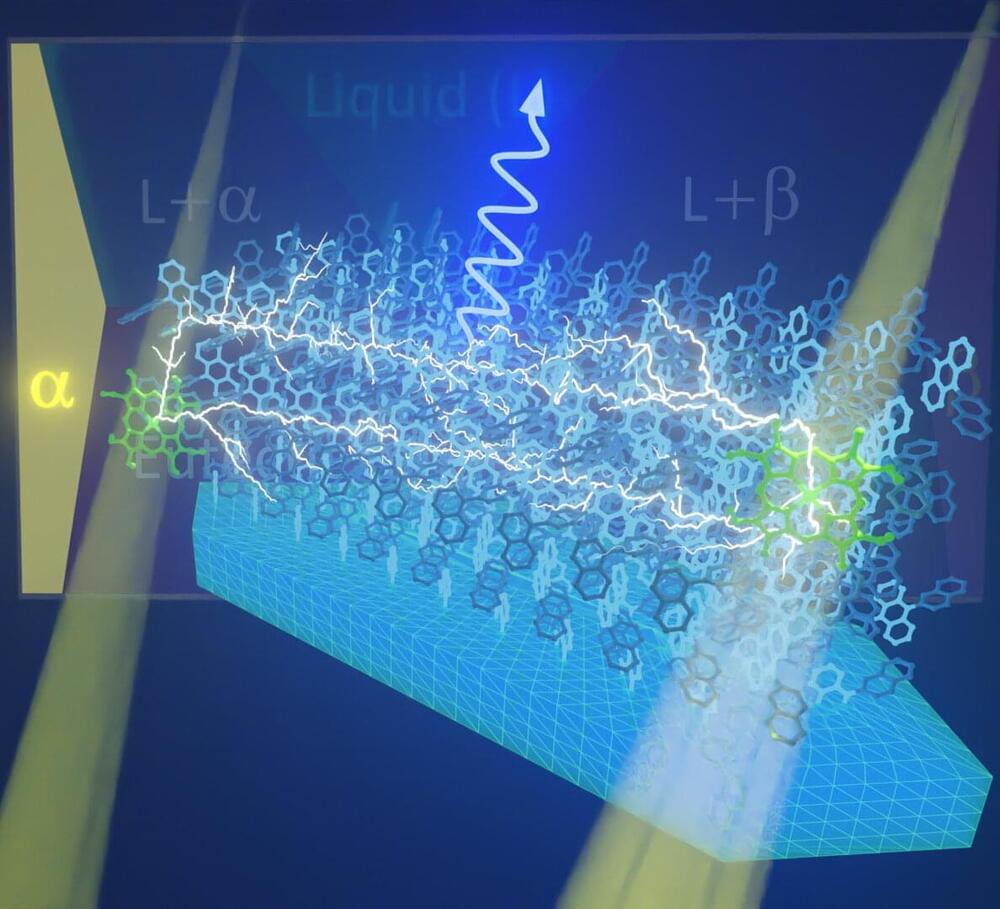
Solid-solution organic crystals have been brought into the quest for superior photon upconversion materials, which transform presently wasted long-wavelength light into more useful shorter wavelength light. Scientists from Tokyo Institute of Technology have revisited a materials approach previously deemed lackluster—using a molecule originally developed for organic LEDs—and have achieved outstanding performance and efficiency. Their findings pave the way for many novel photonic technologies, such as better solar cells and photocatalysts for hydrogen and hydrocarbon productions.
Light is a powerful source of energy that can, if leveraged correctly, be used to drive stubborn chemical reactions, generate electricity, and run optoelectronic devices. However, in most applications, not all the wavelengths of light can be used. This is because the energy that each photon carries is inversely proportional to its wavelength, and chemical and physical processes are triggered by light only when the energy provided by individual photons exceeds a certain threshold.
This means that devices like solar cells cannot benefit from all the color contained in sunlight, as it comprises a mixture of photons with both high and low energies. Scientists worldwide are actively exploring materials to realize photon upconversion (PUC), by which photons with lower energies (longer wavelengths) are captured and re-emitted as photons with higher energies (shorter wavelengths). One promising way to realize this is through triplet-triplet annihilation (TTA). This process requires the combination of a sensitizer material and an annihilator material. The sensitizer absorbs low energy photons (long-wavelength light) and transfers its excited energy to the annihilator, which emits higher energy photons (light of shorter wavelength) as a result of TTA.
